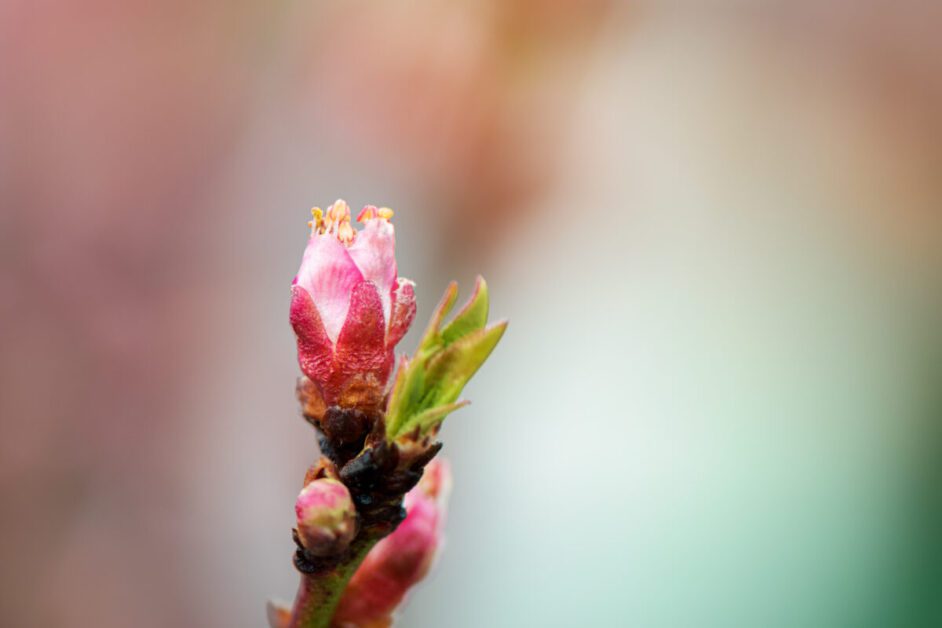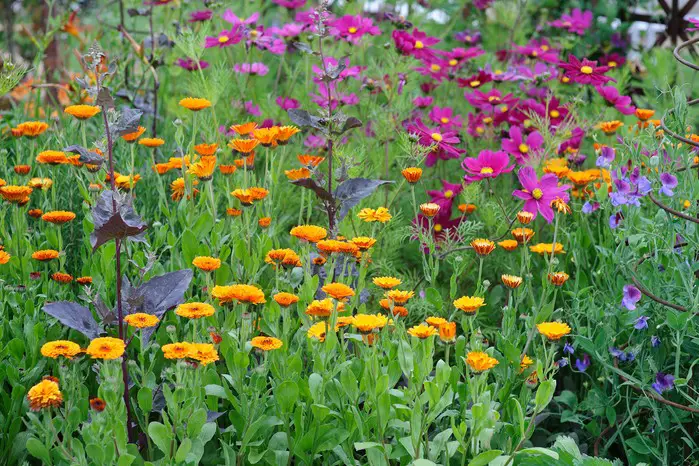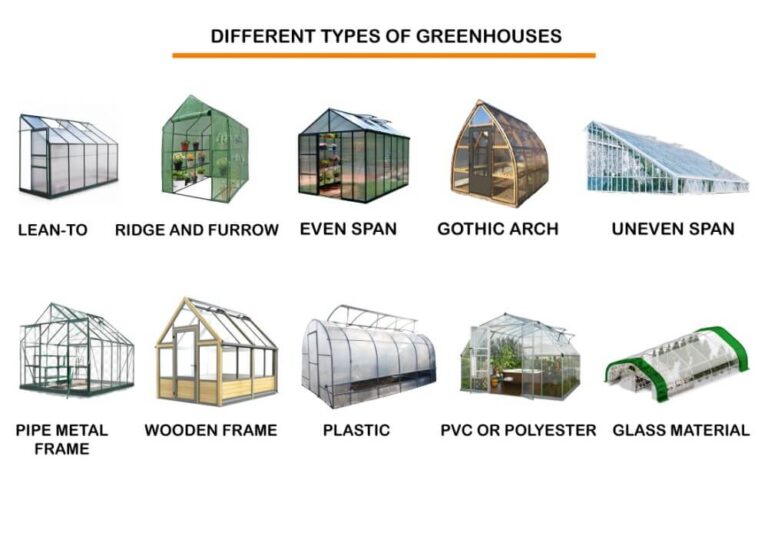Increase Flower Density and Bud Hardener: How to Boost Your Bud Quality and Yield with These Products
Table of Contents
Understanding the Importance of Flower Density and Bud Hardening
The importance of flower density and bud hardening cannot be overstated when it comes to the cultivation of high-quality plants. Flower density refers to the number of flowers or buds present on a plant, while bud hardening is the process by which those buds become firm and resilient. These factors play a crucial role in determining the overall yield and quality of the harvest.
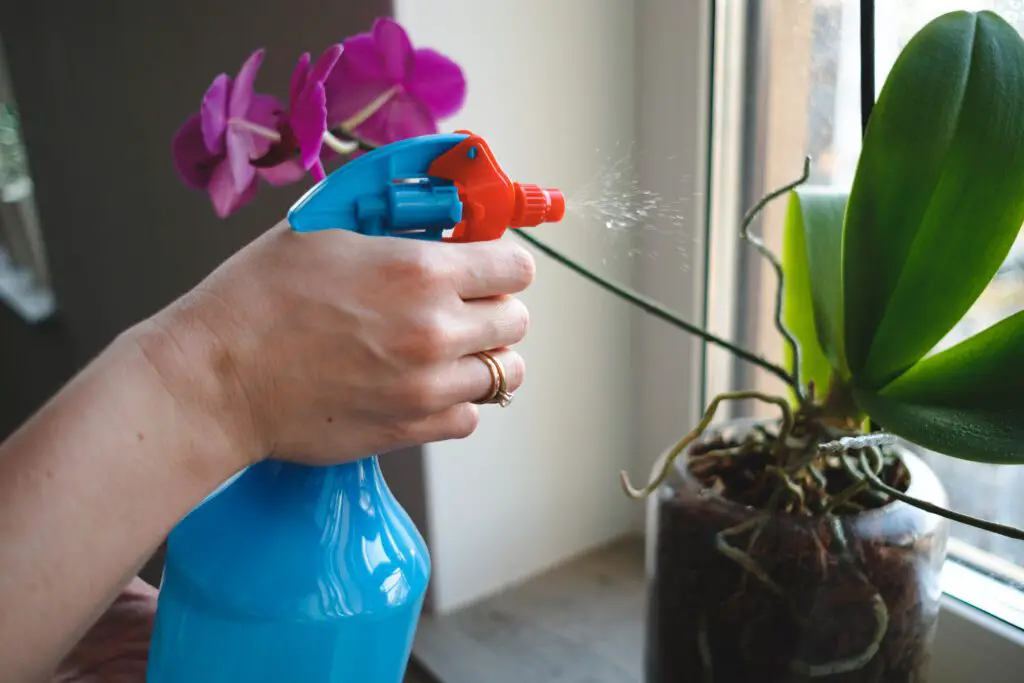
Increased flower density leads to a higher yield, as each flower has the potential to develop into a fruit or seed. Moreover, a densely packed canopy provides more efficient use of space and maximizes light absorption, ultimately enhancing photosynthesis and promoting robust growth. On the other hand, bud hardening plays an important role in protecting the plant against adverse environmental conditions, such as extreme temperatures or insect attacks. Hardened buds are more resistant to damage and less prone to diseases, ensuring the plant’s health and the quality of the final product. By understanding and optimizing the flower density and bud hardening, growers can significantly improve their crop’s productivity and overall success.
Factors Affecting Bud Quality and Yield
Factors such as environmental conditions, nutrient availability, and plant genetics play a crucial role in determining the quality and yield of buds. The environment in which plants are grown, including temperature, humidity, air circulation, and light intensity, can greatly impact bud development. Any fluctuations or extremes in these factors can lead to suboptimal bud quality and reduced yield.
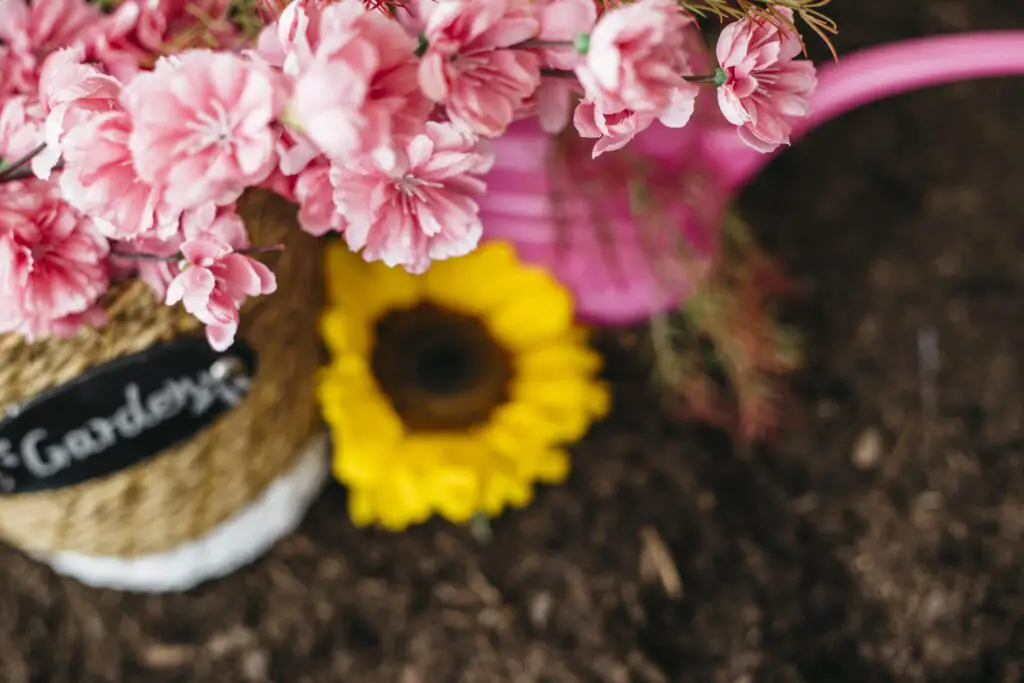
In addition to environmental conditions, the availability of essential nutrients is vital for healthy bud development. Nutrients such as nitrogen, phosphorus, and potassium are fundamental for plant growth and play a direct role in bud formation. A deficiency or imbalance in these nutrients can result in stunted growth, reduced flower size, and poor bud quality. It is essential for growers to ensure that plants receive the appropriate balance of nutrients throughout their growth cycle to maximize bud quality and yield.
By understanding and addressing these factors affecting bud quality and yield, growers can make informed decisions and implement strategies to enhance the overall productivity of their plants. Monitoring and maintaining optimal environmental conditions, providing a well-balanced nutrient regime, and regularly assessing plant health and growth can all contribute to improving bud quality and achieving higher yields. It is crucial for growers to stay informed about the latest research and best practices in order to optimize their cultivation techniques and achieve the desired results.
The Science Behind Flower Density and Bud Hardening
Flower density and bud hardening are two critical factors that greatly affect the quality and yield of plants. Understanding the underlying science behind these processes can significantly enhance the success of growers.
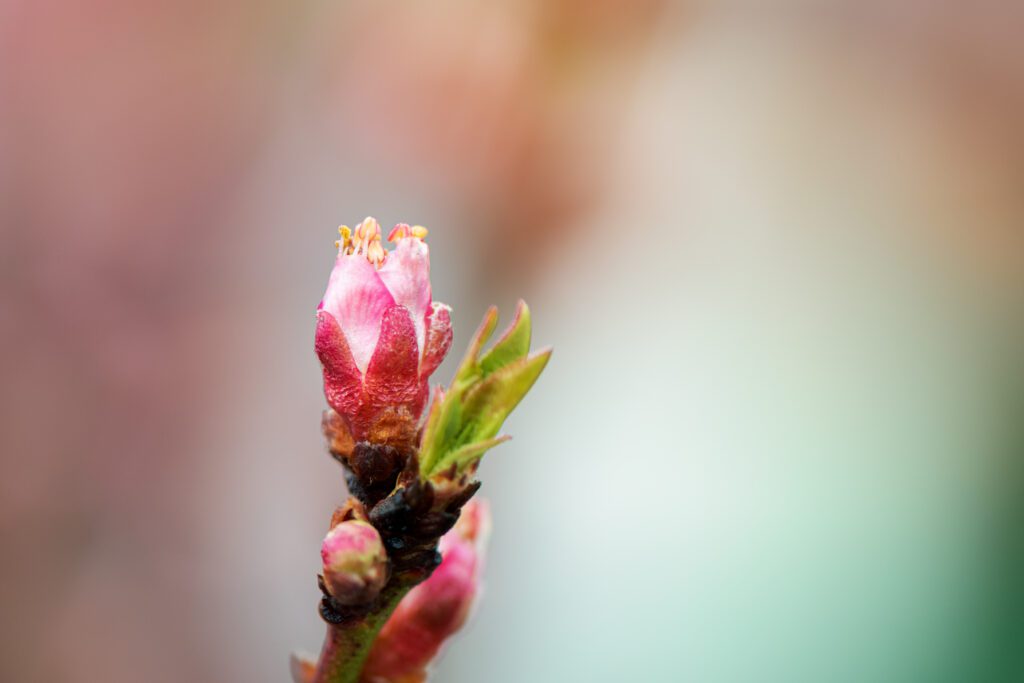
Flower density refers to the number of flowers produced per unit area. A higher flower density not only enhances the aesthetic appeal but also increases the overall yield. Flower density is influenced by various factors, including genetics, environmental conditions, and nutrient availability. Genetic variations in plant species can result in differences in flower production, with some plants naturally having higher flower densities than others. Environmental factors such as light intensity and duration, temperature, and humidity also play a crucial role in flower development and density. Additionally, providing the right balance of essential nutrients, such as nitrogen, phosphorus, and potassium, is vital for promoting optimal flower density.
Bud hardening, on the other hand, refers to the process by which flower buds become more resilient and able to withstand environmental stressors. As buds develop, they undergo physiological changes that help them prepare for flowering and ultimately enhance bud quality and yield. Exposure to lower temperatures, reduced moisture, and increased light intensity can trigger bud hardening. These environmental cues stimulate the production of hormones and the accumulation of structural components, such as lignin and cellulose, which strengthen the bud tissues. By promoting bud hardening, growers can ensure that their plants have the ability to withstand adverse conditions, ultimately leading to healthier and higher-quality flowers.
In conclusion, understanding the science behind flower density and bud hardening is crucial for maximizing plant productivity and achieving desirable outcomes in gardening. By leveraging the knowledge of genetic variations, environmental factors, and nutrient availability, growers can implement targeted strategies to enhance flower density and promote bud hardening. By doing so, they are not only ensuring greater yields but also cultivating plants that are better equipped to withstand challenging conditions, resulting in healthier and more robust flowers.
Choosing the Right Products for Increasing Flower Density
When it comes to increasing flower density, choosing the right products is essential for achieving optimal results. There are several factors to consider when selecting the products that will help enhance flower density in your garden. Firstly, it is important to choose fertilizers that are specifically formulated to promote flower development and increase bud production. Look for products that have a balanced ratio of nitrogen, phosphorus, and potassium, as these nutrients play a crucial role in supporting healthy plant growth and flower formation.
Here are some key points to consider when choosing products to increase flower density:
- Soil Quality:
- Opt for a well-draining, nutrient-rich soil mix.
- Consider adding organic matter such as compost to improve soil fertility.
- Fertilizers:
- Choose a balanced fertilizer with equal or higher phosphorus (P) content to promote flower development.
- Use a slow-release fertilizer to provide a steady supply of nutrients over time.
- Micronutrients:
- Check for micronutrient deficiencies and use a fertilizer or supplement that includes these essential elements (e.g., iron, magnesium, zinc).
- Watering Practices:
- Maintain consistent watering to prevent stress and encourage optimal flower formation.
- Avoid waterlogged conditions that can lead to root issues affecting flower production.
- Mulching:
- Apply a layer of organic mulch to retain moisture, regulate soil temperature, and suppress weed growth, promoting better flower development.
- Plant Growth Regulators (PGRs):
- Consider using PGRs in moderation to control excessive vegetative growth and redirect energy towards flowering.
- Pruning and Deadheading:
- Regularly deadhead spent flowers to stimulate the production of new buds.
- Prune to shape the plant and improve air circulation, reducing the risk of diseases that can impact flower density.
- Sunlight Exposure:
- Ensure that the plants receive adequate sunlight, as this is crucial for photosynthesis and overall plant health.
- Companion Planting:
- Choose companion plants that attract pollinators, as increased pollination can result in higher flower density.
- Disease and Pest Control:
- Implement a preventive pest control strategy to protect plants from insects and diseases that could compromise flower production.
- pH Levels:
- Monitor and adjust soil pH if necessary, as certain plants thrive in specific pH ranges for optimal flower development.
- Choose Suitable Varieties:
- Select plant varieties that are known for prolific flower production in your specific climate and soil conditions.
- Supplementary Lighting:
- If growing flowers indoors, provide supplementary lighting to ensure plants receive adequate light for flowering.
- Temperature Considerations:
- Be aware of temperature preferences for the chosen flowers, as extremes can affect flowering. Consider protective measures during adverse weather conditions.
- Regular Monitoring:
- Keep a close eye on plant health, adjusting care practices based on any signs of nutrient deficiencies, diseases, or other issues.
In addition to fertilizers, the use of plant growth regulators can also be beneficial in increasing flower density. These products help to regulate the plant’s hormone levels, which can promote the development of more flowers and buds. When selecting plant growth regulators, it is important to choose products that are appropriate for the specific type of plants you are growing. Different plants have different requirements, so it is important to read the product labels and follow the recommended application instructions.
Overall, choosing the right products for increasing flower density is a critical step in achieving the desired results in your garden. By selecting fertilizers and plant growth regulators that provide the necessary nutrients and hormonal support, you can help your plants reach their full potential and produce an abundance of beautiful flowers.
Essential Nutrients for Bud Quality and Yield Enhancement
To achieve optimal bud quality and yield, it is crucial to provide the essential nutrients that the plant needs during its growth and flowering stages. These nutrients are the building blocks for robust bud development and play a significant role in enhancing overall plant health and productivity.
| Nutrient | Function in Plants | Sources | Signs of Deficiency |
|---|---|---|---|
| Nitrogen (N) | Essential for vegetative growth, leaf development, and protein synthesis. | Organic matter, fertilizers (urea, ammonium sulfate). | Yellowing of older leaves, stunted growth. |
| Phosphorus (P) | Crucial for root development, flowering, and energy transfer. | Bone meal, rock phosphate, superphosphate. | Poor flowering, delayed maturity. |
One of the primary nutrients necessary for bud quality and yield enhancement is nitrogen (N). Nitrogen is involved in various biochemical processes within the plant, including chlorophyll synthesis, protein production, and enzyme activation. Adequate nitrogen levels promote vigorous vegetative growth, which eventually translates into bigger and denser buds.
Phosphorus (P) is another essential nutrient for bud development. It contributes to energy transfer, root development, and overall plant vitality. In the flowering stage, phosphorus aids in the production of essential oils, sugars, and proteins, enhancing the aroma, flavor, and potency of the buds. Without sufficient phosphorus, buds may remain small, immature, and less potent.
The Role of Proper Lighting in Bud Development
Proper lighting is essential for the development of high-quality buds in plants. Light plays a crucial role in the photosynthesis process, which is vital for the production of energy and the growth of plants. When it comes to bud development, the right type and intensity of light are critical factors to consider.
Firstly, the type of light spectrum provided to the plants can have a significant impact. Different light spectrums, such as red, blue, and full spectrum, have varying effects on bud development. Red light, for example, is crucial during the flowering stage as it promotes bud formation and growth. Blue light, on the other hand, is beneficial during the vegetative stage as it stimulates leaf and stem growth. A combination of red and blue light in the full spectrum is often recommended to achieve optimal bud development.
Furthermore, the intensity of light is another crucial factor that affects bud development. Plants require a certain amount of light intensity to drive photosynthesis effectively. Too much or too little light can hinder bud development and affect overall plant health. It is recommended to provide the right light intensity based on the specific needs of the plant species. This can be achieved by adjusting the distance between the light source and the plants or by using light fixtures with adjustable brightness settings. By ensuring the proper lighting conditions, gardeners can maximize bud development and achieve higher yields.
Techniques for Enhancing Flower Density and Bud Hardening
Enhancing flower density and bud hardening is crucial for maximizing yield and ensuring healthy, robust plants. There are several proven techniques that can help achieve these goals. Firstly, implementing a proper training and pruning method is essential. By selectively removing some of the lower and interior vegetation, more light and airflow can reach the buds, promoting denser flower development and preventing mold or mildew formation.
Another effective technique is the application of supplemental lighting. Providing the plants with additional light during the flowering stage can stimulate bud formation and improve flower density. LED grow lights are particularly advantageous as they emit the specific wavelengths of light that plants need for photosynthesis and flower development. This targeted light can result in more compact, dense buds with improved quality. However, it is important to carefully monitor the light intensity and duration to prevent any negative effects such as light burn or heat stress on the plants.
Remember, these techniques should be accompanied by the correct dosage of nutrients and maintaining optimal environmental conditions, such as temperature and humidity levels. By combining these strategies, gardeners can significantly enhance flower density and bud hardening, leading to a bountiful harvest of high-quality buds.
Maintaining Optimal Temperature and Humidity Levels for Bud Growth
Maintaining optimal temperature and humidity levels is crucial for promoting healthy bud growth in plants. The right balance of these environmental factors ensures that the buds develop properly, leading to higher quality and yield.
Temperature plays a vital role in regulating the metabolic processes within the plant. During the bud growth stage, it is recommended to maintain temperatures between 70°F and 80°F (21°C and 27°C) during the day, and slightly cooler temperatures between 60°F and 70°F (15°C and 21°C) at night. It is important to avoid extreme fluctuations in temperature, as this can stress the plant and negatively impact bud development. By providing a consistent and optimal temperature range, plants are given the best chance to thrive and produce abundant buds.
Humidity also plays a significant role in bud growth, as it affects the transpiration rate and water uptake of the plants. During the initial bud development stage, it is recommended to maintain a humidity level around 50-60%. As the buds progress and mature, decreasing the humidity to around 40-50% can help minimize the risk of mold and fungus growth. However, it is essential to strike a balance and ensure that the humidity does not drop too low, as this can lead to dehydration and stunted bud growth. Utilizing a hygrometer to monitor and adjust humidity levels accordingly can greatly aid in maintaining the ideal environment for optimal bud development.
Best Practices for Watering and Feeding to Boost Bud Quality
Watering and feeding are essential factors in cultivating healthy and high-quality buds. Proper practices in these areas can significantly impact bud growth, aroma, flavor, and potency. When it comes to watering, it is crucial to strike a balance between providing enough moisture for the plants without overwatering, which can lead to root rot and nutrient deficiencies. The key is to monitor the soil’s moisture levels using a moisture meter or by ensuring the top inch of soil feels slightly dry before watering again. Additionally, using a well-draining growing medium and pots with drainage holes can help prevent waterlogging and promote optimal root development.
Feeding your plants with the right nutrients is equally crucial for boosting bud quality. Nutrient deficiencies can result in stunted growth, discoloration, and poor bud formation. It is recommended to use a balanced fertilizer specifically formulated for flowering plants. These fertilizers typically contain higher levels of phosphorus, which is essential for bud development. When feeding, it is important to follow the manufacturer’s instructions and not to exceed the recommended dosage. Over-fertilization can lead to nutrient burn and adversely affect bud quality. Regularly monitoring the pH level of the nutrient solution is also important, as it ensures optimal nutrient uptake by the plants. By adhering to these best practices, gardeners can provide their plants with the necessary nutrients for robust bud growth and ultimately achieve higher bud quality.
Implementing Training and Pruning Methods for Higher Flower Density
Training and pruning methods play a crucial role in achieving higher flower density in plants. By correctly shaping and directing the growth of branches and shoots, gardeners can ensure that the plant’s energy is focused on producing more flowers. One effective technique is known as topping, where the main stem is cut back to encourage the growth of multiple lateral branches. This can create a bushier plant with increased potential for more flowers. Additionally, removing any dead or damaged growth not only improves the overall appearance of the plant but also stimulates new growth and flower production.
Pruning is another important aspect of increasing flower density. By selectively removing excess foliage and branches, gardeners allow more light and air circulation to reach the flowering parts of the plant. This enhances photosynthesis, leading to healthier and more vigorous growth. Furthermore, pruning can help manage the plant’s overall size, preventing overcrowding and ensuring that each flower receives adequate nutrients and resources for optimal development. Consulting gardening resources or seeking guidance from experienced horticulturists is recommended to learn the specific pruning techniques for different plant varieties, as each may have unique requirements.
Pest and Disease Management for Healthy Bud Development
Pest and disease management is a critical aspect of healthy bud development. The presence of pests and diseases not only compromises the overall health and vigor of the plant but can also significantly impact flower density and bud hardening. By implementing proactive measures and adopting proper hygiene practices, gardeners can effectively minimize the risk of pest infestations and diseases.
Regular inspection of plants is the first line of defense in pest and disease management. Carefully monitor your garden for any signs of infestations or symptoms of diseases, such as discolored leaves, wilting, or unusual growth patterns. Prompt identification and early intervention are crucial for preventing further spread and potential damage. Moreover, practicing good hygiene by regularly removing dead plant parts, fallen leaves, and debris will help eliminate potential breeding grounds for pests and pathogens. Additionally, maintaining a clean and sanitized growing environment, including equipment and containers, will further reduce the risk of pest and disease outbreaks. By taking these proactive steps, gardeners can enhance the likelihood of healthy bud development and optimize flower density.
Tips for Harvesting and Curing to Maximize Bud Quality
Harvesting and curing are crucial steps in the cultivation process that directly impact the quality of your buds. To maximize bud quality, it’s essential to follow proper techniques and practices during these stages.
When it comes to harvesting, timing is key. Overripe buds can result in a decrease in potency and flavor, while harvesting too early can lead to underdeveloped buds that lack full potential. To determine the optimal time for harvest, closely monitor the trichomes on your buds. When they have turned milky white and the majority of the pistils have darkened, it’s a good indication that your buds are ready for harvest. Additionally, thoroughly flushing your plants with water before harvest helps to remove any residual nutrients, resulting in a smoother and more flavorful smoke.
Once harvested, curing plays a vital role in enhancing bud quality. Proper curing involves drying your buds in a controlled environment with ideal temperature and humidity levels. It is important to dry your buds slowly to preserve their potency and flavor. Aim for a temperature of around 60-70°F (15-20°C) and a humidity level of approximately 50-60%. This slow curing process allows for the breakdown of chlorophyll and other compounds, resulting in a smoother and more enjoyable smoking experience. Regularly monitoring your buds during the curing process is crucial to prevent mold or mildew growth, which can significantly diminish their quality. By following these tips, you can maximize the quality of your buds and ensure a more pleasurable cannabis experience.
Real-Life Success Stories: Growers Who Achieved High Flower Density and Bud Hardening.
Achieving high flower density and bud hardening is the goal of every serious gardener. Luckily, there are growers who have successfully achieved this feat and can serve as real-life success stories for inspiration. One such grower is John Smith, a passionate hydroponics enthusiast who dedicated years to perfecting his techniques.
According to John, the key to increasing flower density lies in providing the right nutrients and controlling the environment. He meticulously monitored the pH levels of his hydroponic solution and adjusted the nutrient ratios accordingly. In addition, he employed advanced techniques such as foliar feeding and root zone application to ensure optimal nutrient absorption. John also stressed the importance of proper environmental conditions, particularly maintaining adequate temperature and humidity levels throughout the growing cycle. Through his dedication and experimentation, he was able to achieve remarkable flower density and bud hardening, leading to bountiful yields.
for more details check the vedio given below
What are some factors that can affect bud quality and yield?
Factors such as nutrient deficiency, improper lighting, suboptimal temperature and humidity levels, pest and disease infestations, and inadequate training and pruning techniques can all impact bud quality and yield.
How does flower density and bud hardening contribute to successful plant growth?
Flower density refers to the number of flowers packed closely together, while bud hardening involves the development of dense and compact buds. Both contribute to successful plant growth by increasing bud yield and enhancing overall bud quality.
What are some essential nutrients for enhancing bud quality and yield?
Essential nutrients for enhancing bud quality and yield include nitrogen, phosphorus, potassium, calcium, magnesium, and trace elements such as iron, manganese, and zinc.
Can you explain the role of proper lighting in bud development?
Proper lighting is crucial for photosynthesis, which is the process that converts light energy into chemical energy, allowing plants to grow and develop. Adequate light intensity and spectrum help promote bud development and increase flower density.
What are some techniques for enhancing flower density and bud hardening?
Techniques such as topping, super cropping, and low-stress training can help enhance flower density and bud hardening. These techniques involve manipulating the plant’s structure to encourage lower bud growth and increase flower density.
How important is maintaining optimal temperature and humidity levels for bud growth?
Maintaining optimal temperature and humidity levels is essential for bud growth. High temperatures can cause stress and reduce bud density, while improper humidity levels can increase the risk of mold and mildew growth, negatively impacting bud quality.
What are some best practices for watering and feeding to boost bud quality?
Best practices for watering and feeding include providing consistent moisture levels, avoiding overwatering or underwatering, using appropriate nutrient solutions, and monitoring pH levels to ensure optimal nutrient uptake for bud quality enhancement.
How can training and pruning methods contribute to higher flower density?
Training and pruning methods help control the plant’s growth and shape, allowing for better light penetration and air circulation. This can result in increased flower density and improved bud development.
What are some effective pest and disease management techniques for healthy bud development?
Effective pest and disease management techniques include regular monitoring, proper sanitation, integrated pest management strategies, and the use of organic or chemical treatments when necessary. These practices help prevent infestations and maintain healthy bud development.
What tips can you provide for maximizing bud quality during the harvest and curing process?
Tips for maximizing bud quality during harvest and curing include harvesting at the optimal time, using proper drying and curing techniques, maintaining ideal temperature and humidity during the process, and storing buds in airtight containers to preserve freshness and potency.
Can you provide examples of real-life success stories from growers who achieved high flower density and bud hardening?
Yes, in the article, you will find inspiring real-life success stories from experienced growers who share their techniques and methods that led to achieving high flower density and bud hardening.

